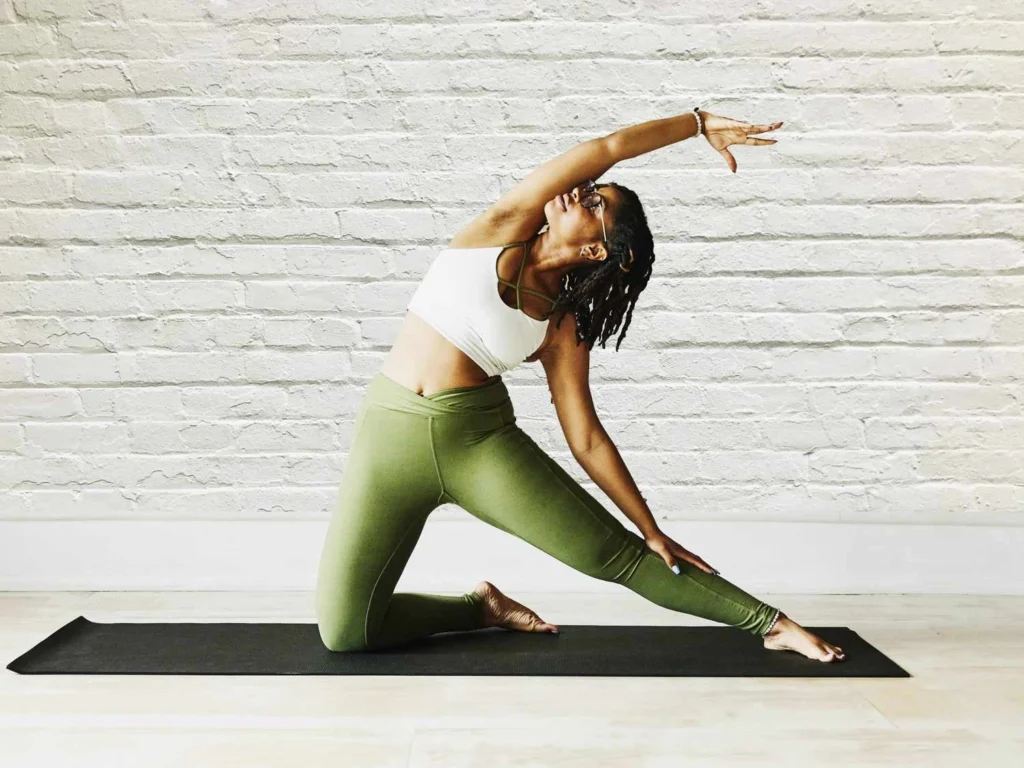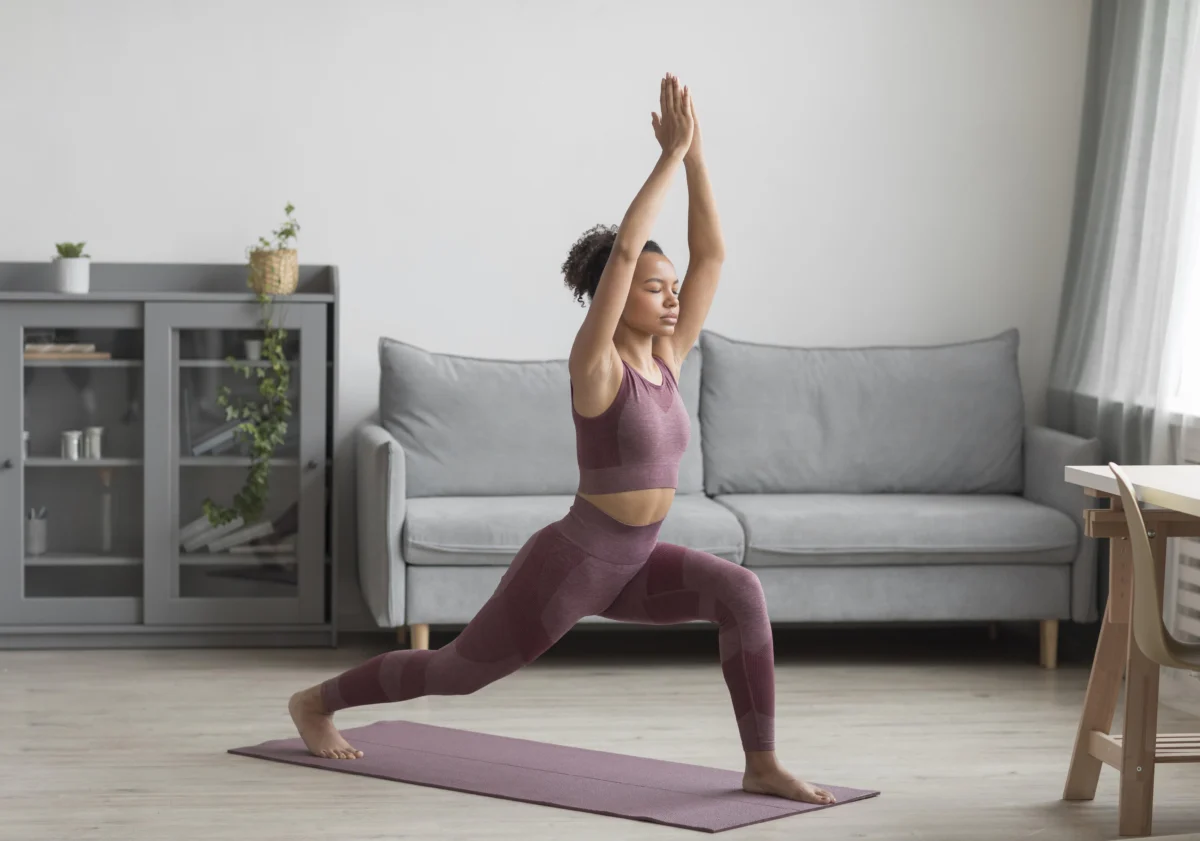Yoga is a centuries-old practice that combines movement, breath control, and mindfulness. Originating in ancient India, it has become a global phenomenon, celebrated for its ability to enhance both physical and mental well-being. Let’s explore its many benefits, diverse styles, and tips to start incorporating this transformative practice into your daily life.
The Benefits of Practicing Yoga
Regular practice offers numerous benefits that impact both mind and body:
- Stress Reduction: Deep breathing and mindful movements promote relaxation, helping to alleviate stress and anxiety.
- Improved Flexibility and Strength: Consistent practice enhances muscle tone, balance, and joint mobility.
- Better Posture and Alignment: Encourages awareness of body mechanics, reducing strain and pain over time.
- Enhanced Mental Clarity: Focused breathing and mindfulness can sharpen concentration and improve emotional resilience.
- Support for Overall Health: Studies show it may improve heart health, immune function, and sleep quality.

Types of Practices to Explore
There are many styles suited for beginners and experienced practitioners alike:
- Hatha: A gentle introduction to physical postures and breathing techniques.
- Vinyasa: A dynamic sequence that links movement with breath.
- Ashtanga: A more rigorous, structured sequence that challenges stamina and discipline.
- Yin: Slow-paced stretches held for longer durations to promote deep relaxation.
- Restorative: Focuses on relaxation, using props to support the body.
Tips for Starting Your Practice
- Choose the Right Style: Begin with a class or video tailored for beginners.
- Invest in Basics: A comfortable mat and supportive clothing are essential.
- Practice Consistently: Even 10–15 minutes a day can make a difference.
- Focus on Your Breath: Let your breathing guide your movements.
- Be Patient: Progress comes gradually—enjoy the journey.

The Broader Impact of Yoga
Beyond the mat, this practice promotes a sense of balance and self-awareness that can positively affect many aspects of daily life. It fosters a deeper connection to oneself and encourages compassion toward others.
Conclusion
Incorporating this practice into your life can lead to profound physical and emotional changes. It’s a tool for self-care, personal growth, and improved health. With its wide array of styles and approaches, there’s something for everyone. Whether you’re seeking relaxation, strength, or spiritual growth, this ancient practice offers a pathway to a more harmonious life.

Comments